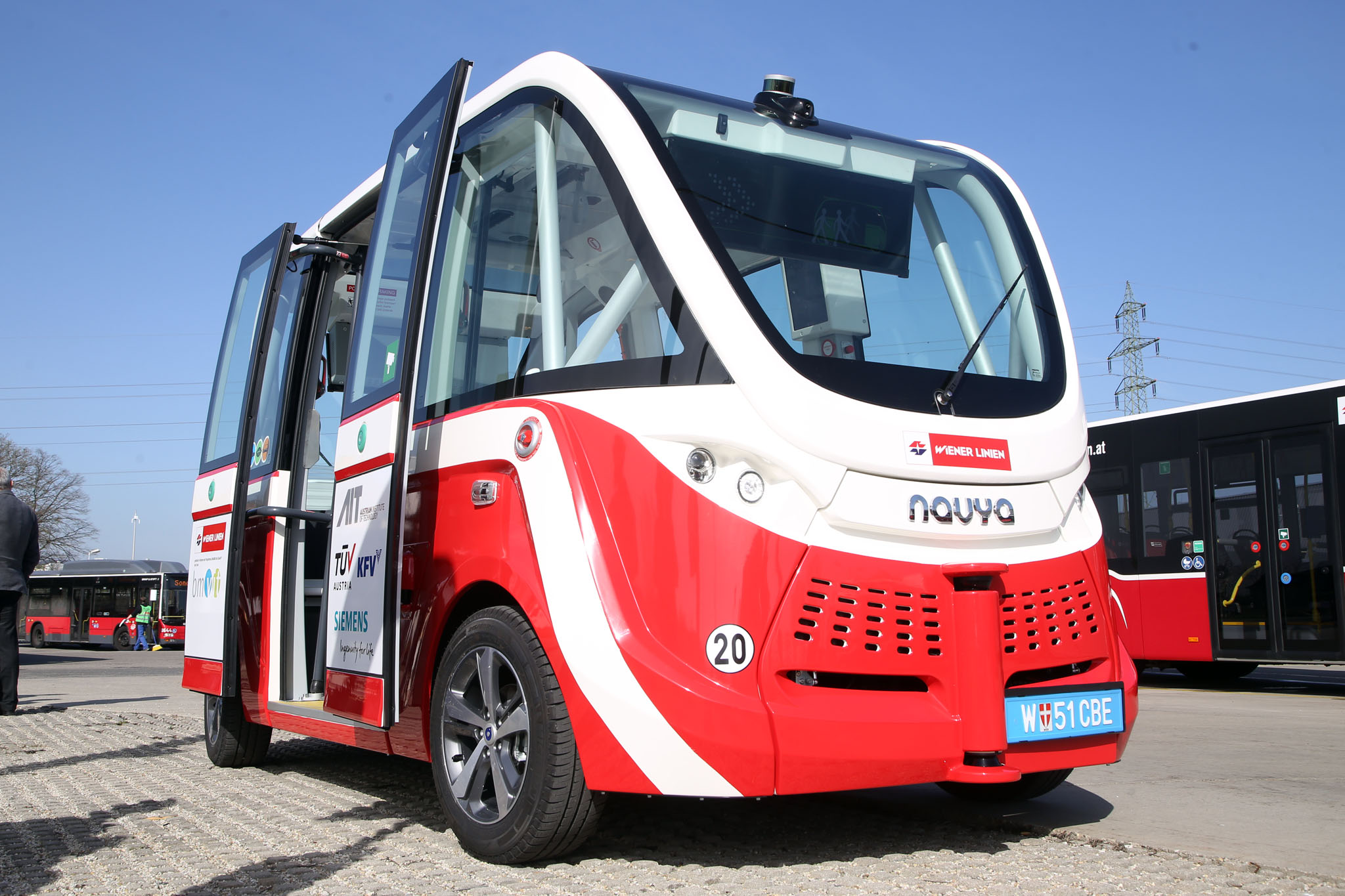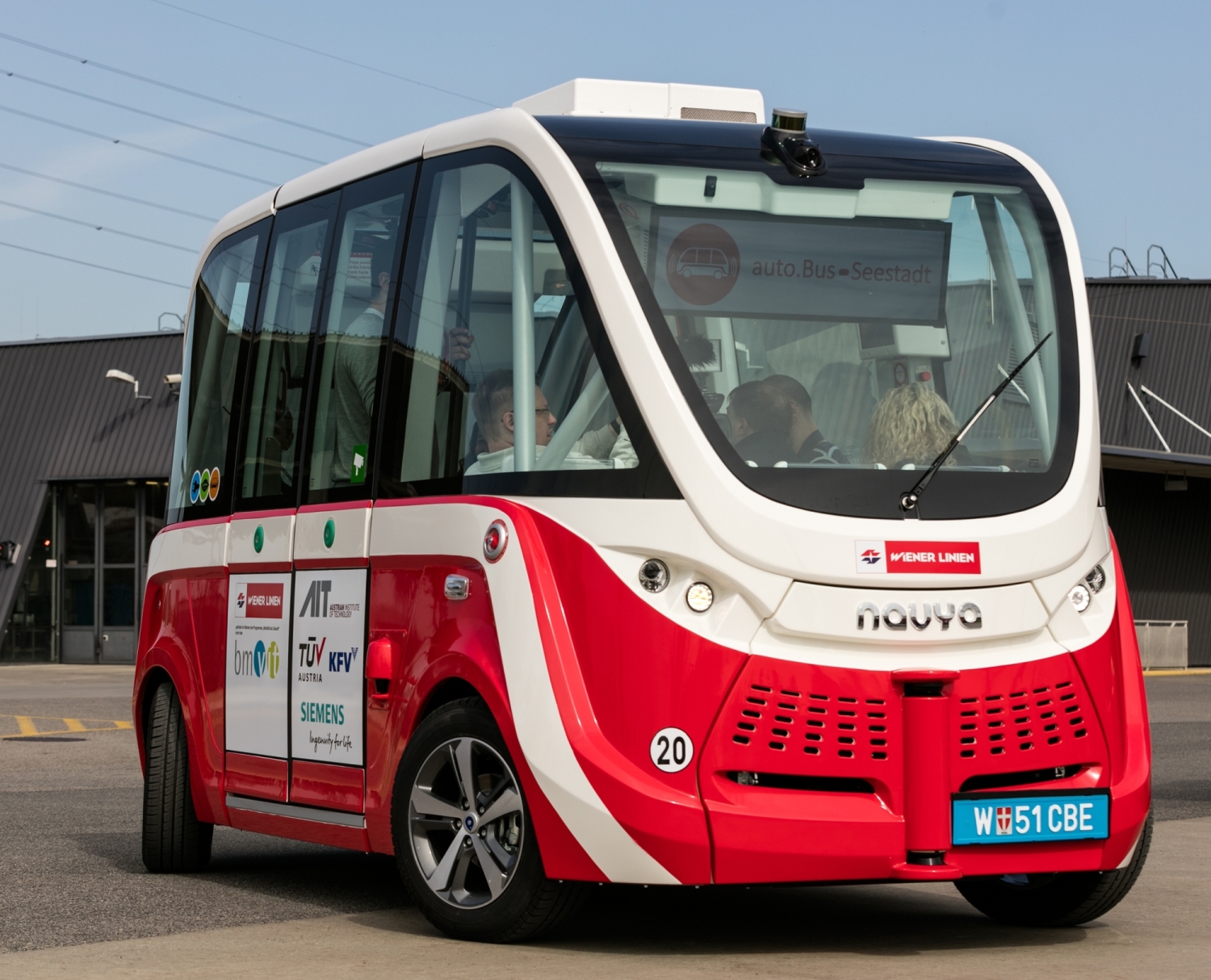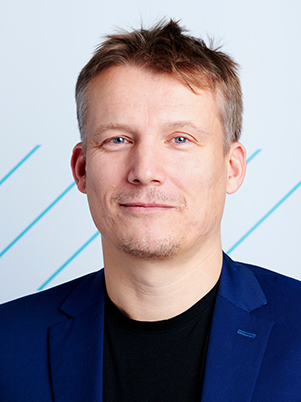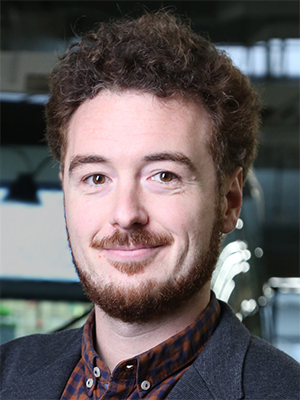Vienna is getting a driverless bus line: The research project auto.Bus – Seestadt is being funded by the Federal Ministry for Climate Action, Environment, Energy, Mobility, Innovation, and Technology (BMK) as part of the “Mobility of the Future” scheme. The project aims to enhance the operational quality of future autonomous bus routes by means of planned technological innovations. The goal is to sustainably increase the efficiency and operational safety of autonomous vehicles, with the ultimate goal of operating a bus line in Seestadt under real conditions – with stops, timetables and real passengers.
(c) PID_Votava
Seestadt is a perfect area for a pilot route. One of the reasons is that it is an urban area which has less complex routes than the city centre. Though, on the other hand, Seestadt is also an innovative urban area – a test area of a smart city.
The autonomous bus will be put through its paces on private land before its scheduled launch in Seestadt in early 2019.
The first fully autonomous minibus to drive the route will be the "AUTONOM SHUTTLE" produced by NAYVA. It is powered by an electric motor, can take up to 10 passengers and is already navigating various test around the world routes today. The bus travels at speeds of up to 20 km/h and one of the 11 spaces is reserved for the operator, who is responsible for safety onboard.
The joint expertise of the project partners Wiener Linien, AIT, KfV, TÜV Austria, Siemens and Navya covers all important aspects of the bus’s operation: development of sensor systems, customer acceptance, adapting legal frameworks, operational safety, IT security and also „communication“ between the bus and its environment.
(c) Manfred Helmer







